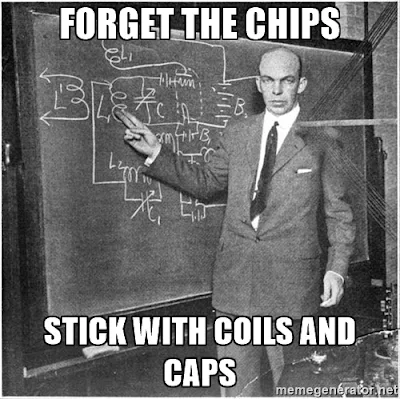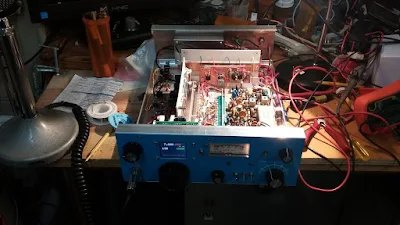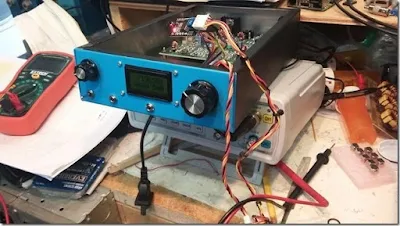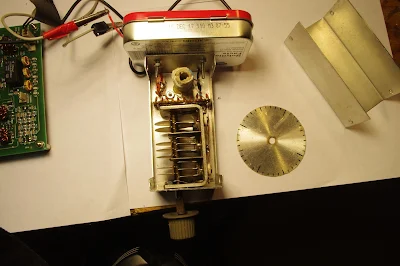 |
| WA6ARA SKN Station |
You can listen by clicking on these links:
http://soldersmoke.com/SKNBANSCAN.mp3
http://soldersmoke.com/SKNQSO.mp3
My own SKN effort was cut short this year by technical difficulties. The HT-37's relays stopped doing their thing. Probably the relay drive tube going soft. But I did manage to make two great contacts on 40:
WA6URY is in Los Angeles. This was a very timely contact -- my wife and I went to see the movie "La La Land" on New Year's eve -- the film features a lot of beautiful LA scenery. Dan was running a kilowatt to a 2 element Yagi on 40. He too owns an HT-37 and a Drake 2B. He was on a straight key "with dirty contacts." FB Dan, thanks.
And then I worked W1PID! Wow! Jim is well known for his operations from field locations and for his intrepid participation in many of the radio adventures of Michael Rainey AA1TJ. Jim was on the Maine sea coast expedition when Michael was attempting to cross the pond with his voice-powered radio. On SKN Jim was in New Hampshire running 35 watts to a Windom off-center fed dipole. His Morse key is a Kent. TRGHS. Thanks Jim.
Happy New Year!
 |
| W1PID Maritime Mobile |












































































